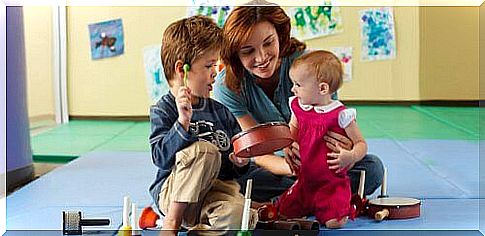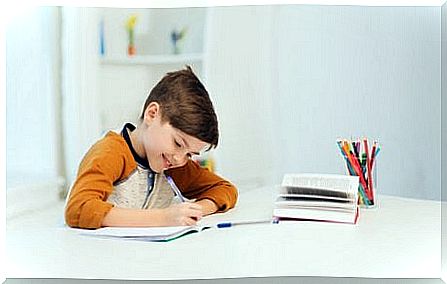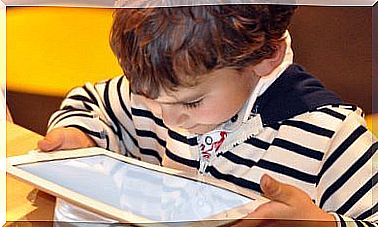3 Learning Styles In Children

To pretend that children conceive the world in the same way is to think that we all have the same tastes. Each child receives and assimilates information through different channels and strategies.
Therefore, you should not worry if your little one does not perform a certain task successfully or does not enjoy a school subject. It may be due to different learning styles in children.
It is important that you take on the task of exploring with your children what are the means that facilitate their learning. When you manage to define them, you will be able to make a more effective accompaniment in their schoolwork and take advantage of their full potential.
Psychologist David Kolb first raised his theory of learning styles in 1984. He believed that our individual learning styles emerge due to three causal factors: genetics, life experiences, and the demands of the environment.
Three learning styles and their characteristics
Auditory style
Children with this learning style can easily grasp information through words. Although sometimes it seems that he is not paying attention, a boy who learns in this way listens and understands every word. Some characteristics of these little ones are:
- They remember information when they say it out loud.
- They need or prefer to have things explained to them orally.
- In some cases it is difficult for them to follow instructions in manuals or written texts.

- They often speak out loud while learning something new.
- They prefer group discussions than independent work.
- They show their emotions through the tone and volume of their voices.
- They like to listen but they also really enjoy talking.
- Their descriptions of situations are often long and thorough.
- They remember names easily and can be distracted by the sounds around them.
- They love music and often sing while doing any activity.
Visual style
As the name implies, they are people who learn things by seeing how they are done . To enhance their cognitive processes they need to visualize and make illustrations that allow them to conceptualize them. Some distinctive features of these children are:
- They remember details that seem insignificant about images, landscapes and faces.
- They like to be able to see what is being explained to them at all times. They need to have paper and pencil on hand to always have a way to translate their ideas.
- They prefer to follow written instructions or see demonstrations of how things are done.
- When they arrive at a place they look at their surroundings and analyze the context.
- With their gestures and looks they show their emotions. Their facial expressions speak for themselves.
- They can easily describe the mental images that are created.
- The ability to listen is not their main strength because they can better focus on what they see.
- They better remember the words they see written. That is why your notebooks are often full of information.
- They plan ahead what they are going to do. They organize their assignments when they put them in writing.
- They are clever children for reading. They generally have good handwriting.

Kinesthetic style
They are children who enjoy being actively involved in their learning processes. The ways to enhance their skills are crafts and movement. What’s more:
- They look for a way to apply everything they see and what they hear. Your best tool is action.
- They usually move their hands while talking. Touch is a very important sense for them.
- In many cases the kinesthetic style is confused with hyperactivity. What really happens with some children is that they need to move to focus better.
- They show their emotions through body posture.
- They lose interest quickly when they have to sit still for a long time. Long speeches or presentations bore them quickly. They need to participate directly in what they learn.
- They remember better what they did than what they saw or heard. Experiential learning remains forever in your memories.
- They like to have physical contact with people who have their affection. Closeness to their peers is important to them.
- Because visual associations are not their strong suit, they can become misspelled.
- They like interactive books that don’t just contain words. The more they can experiment with a text, the more they will enjoy it.
Whatever learning style your little one has, the important thing is to find tools to empower it. For children to adequately develop all their skills, it is advisable to identify how they build knowledge more easily.










